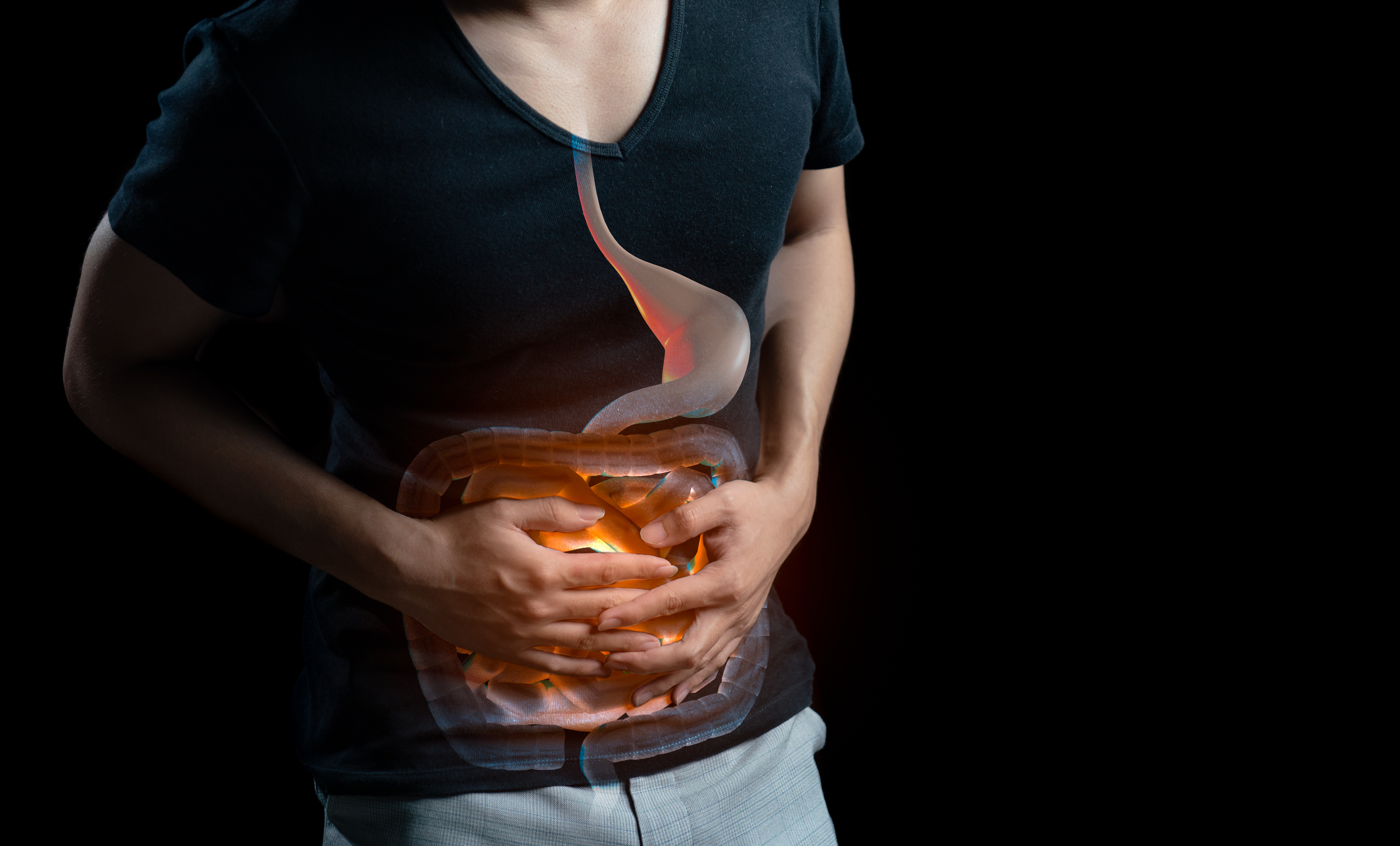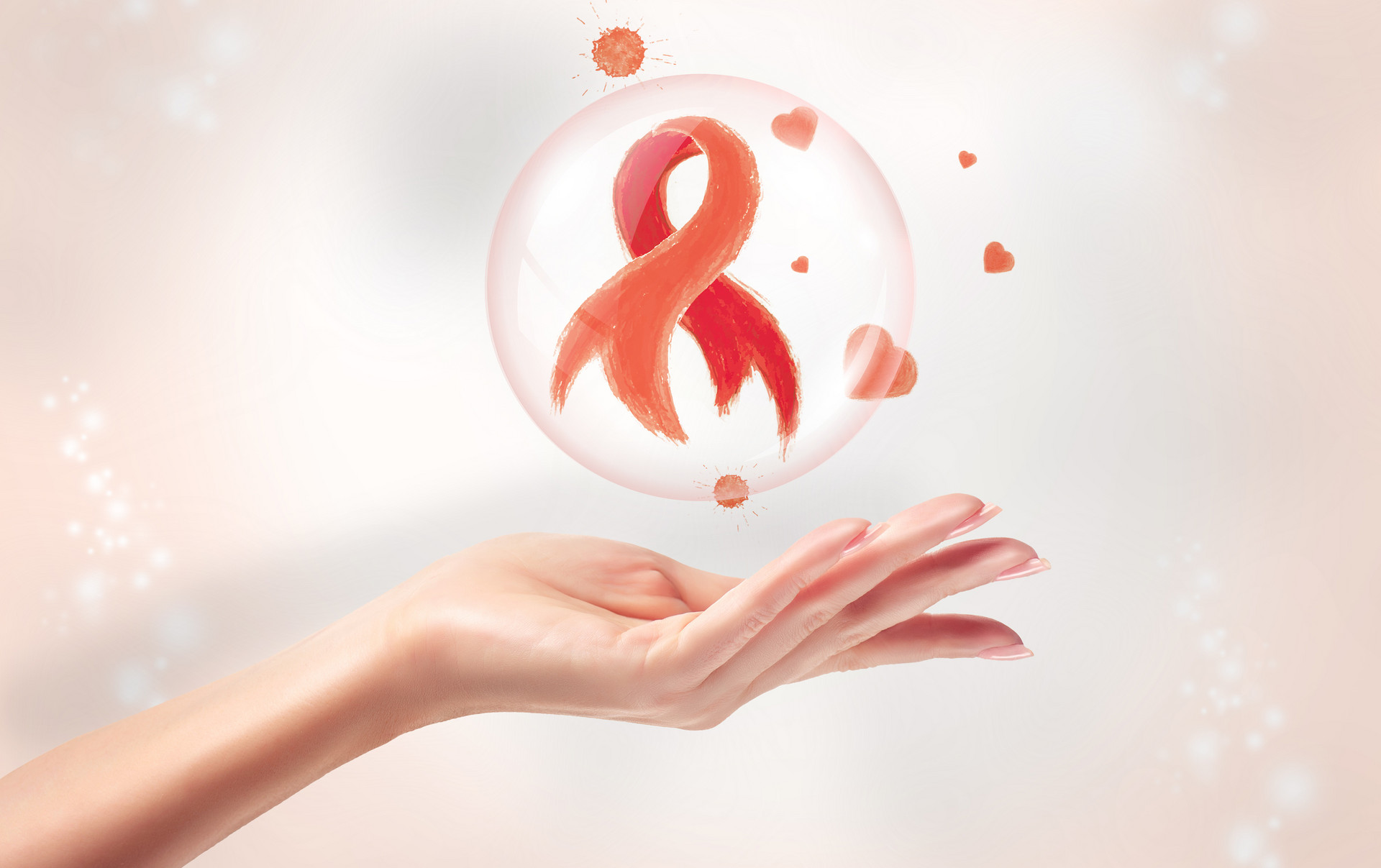What are Hormones/Hormone Functions
Hormones, also known as "female hormones", mainly include progesterone, levonorgestrel, norgestrel, and medroxyprogesterone, which are steroid hormones that promote the maturation of female reproductive organs, the appearance of secondary sexual characteristics, and maintain normal sexual desire and reproductive function.
Reproductive hormones are divided into two categories: estrogen (also known as "estrus hormones") and progesterone.
Estrogen is mainly secreted by ovarian follicular cells, mainly estradiol, which is metabolized in the liver to estrone and estriol, and excreted in the urine after binding with glucuronic acid. During pregnancy, the placenta can secrete a large amount of estriol.
Progesterone is a female steroid hormone, and progesterone produced by the ovarian corpus luteum is called progesterone. The clinically used progesterone preparations are mainly divided into natural progesterone and synthetic progesterone.
Hormone Functions
In terms of physiology, the main functions of hormones are:
1. Relax the uterine muscles, reduce their activity, reduce sensitivity to external stimuli, and reduce the sensitivity of the pregnant uterus to oxytocin. This change is very beneficial for the growth and development of the fertilized egg in the uterine cavity without any problems;
2. Hormones transform the proliferative endometrium into the secretory endometrium, preparing for the implantation of the fertilized egg;
3. Hormones close the cervical opening, reduce mucus, thicken it, and reduce its stringiness;
4. Inhibit the amplitude of rhythmic contraction of the fallopian tube muscles;
5. Hormones accelerate the shedding of vaginal epithelial cells;
6. Promote the development of mammary gland lobules on the basis of estrogen influence;
7. Influence the secretion of pituitary gonadotropins through negative feedback on the hypothalamus;
8. Hormones can also raise body temperature through the central nervous system. The basal body temperature of normal women can increase by 0.3℃-0.5℃ after ovulation. This change in basal body temperature can be used as an important indicator of ovulation, that is, the basal body temperature is low before ovulation and rises after ovulation due to the action of hormones;
9. Hormones can promote the excretion of water and sodium in terms of metabolism.
From the above functions, it can be seen that the role of estrogen is mainly to promote the development of female reproductive organs and breasts, while progesterone further promotes their development based on the action of estrogen, preparing for pregnancy. They have a synergistic effect; on the other hand, from the aspects of uterine contraction, fallopian tube peristalsis, changes in cervical mucus, keratinization and shedding of vaginal epithelial cells, as well as the excretion of sodium and water, estrogen and progesterone have antagonistic effects.
Hormone Measurement
Women's hormones are produced by the ovaries, placenta, and adrenal cortex. The level of progesterone fluctuates with the menstrual cycle. During the follicular phase, the progesterone level is very low. After ovulation, the corpus luteum produces a large amount of progesterone, and the level rapidly rises. The blood concentration reaches its peak on the 6th to 8th day after the LH peak, and gradually decreases to the follicular phase level in the 4 days before menstruation.
Hormones usually have an effect based on the action of estrogen. They mainly transform the endometrium into the secretory phase, which is conducive to the implantation of embryos; and prevent uterine contractions, keeping the uterus stationary before delivery. At the same time, progesterone can also promote the development of mammary gland lobules and prepare for lactation.
Normal range of blood progesterone (nmol/L):
Follicular phase: <3.2
Luteal phase: 9.5-89
Early pregnancy: 63.6-95.4
Mid-pregnancy: 159-318
Late pregnancy: 318-1272
Postmenopausal: <2.2
Clinical Significance:
1. Ovulation monitoring: Blood progesterone level >15.9 nmol/L indicates ovulation. When using ovulation-inducing drugs, blood progesterone level can be used to observe the effect of ovulation induction. If the progesterone level indicates ovulation in infertile patients without other causes, B-ultrasound examination should be combined to observe follicular development and ovulation process to exclude luteinized unruptured follicle syndrome. Other factors such as primary or secondary amenorrhea, anovulatory menstruation or anovulatory dysfunctional uterine bleeding, polycystic ovary syndrome, oral contraceptives or long-term use of GnRH agonists can all decrease progesterone levels.
2. Evaluation of luteal function: A low blood progesterone level during the luteal phase indicates inadequate luteal function; if the blood progesterone remains high above the physiological level for 4-5 days after menstruation, it indicates incomplete luteal atrophy.
Causes of Low Hormone Levels
Hormones can inhibit ovulation and ensure the safe progress of pregnancy; they can promote the growth of mammary gland lobules and prepare for milk secretion; they also raise body temperature and relax blood vessels and gastrointestinal smooth muscles.
To effectively supplement hormones during pregnancy, it must be done under the guidance of a doctor in a hospital. Taking hormones privately can increase the proportion of fetal abnormalities. Generally, doctors in hospitals will decide whether to take injections or medication based on your physical condition. If the effect of taking progesterone drugs is not obvious, injections will be used for supplementation.
Symptoms of Low Hormone Levels
What are the symptoms of low hormone levels? Many people want to know, but there are generally no obvious symptoms. Some may have bleeding or abdominal pain symptoms, which need to be checked through blood tests to see the progesterone values.
In the early stage of insufficient hormone levels, it can cause miscarriage in women. If the progesterone is too low, it is usually accompanied by vaginal bleeding or a small amount of brown discharge, which means there are signs of threatened miscarriage. Taking progesterone capsules can help maintain the pregnancy. It is best to go to the hospital for blood tests and diagnostic treatment. In daily life, eat more whole grains, legumes, and vegetables to increase metabolic pathways and reduce adverse stimulation to the mammary glands.
What to Do with Low Hormone Levels
To determine whether hormones are normal or not, blood tests and basal body temperature checks are mainly used. If it is in the ovulation period, blood tests can be done to determine if the hormone levels are normal; after the ovulation period, basal body temperature can be used to determine if the luteal function is normal.
When hormone levels are low, medication can be used for treatment. Commonly used Chinese medicine is NvXingBao capsules, and Western medicine includes progesterone injections and chorionic gonadotropin. In addition to medication, dietary adjustment in daily life can also play an auxiliary role in the treatment of low hormone levels. Ensure regular sleep and harmonious sexual life are beneficial to balance hormone levels and stimulate hormone secretion.
In addition, choosing foods that are rich in estrogen in the diet can to some extent treat low hormone levels. Estrogen is widely found in foods such as soybeans, grains, fruits, and vegetables, and can be consumed in moderate amounts.












